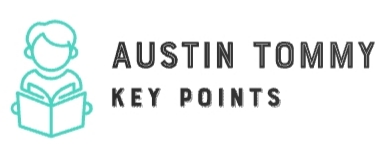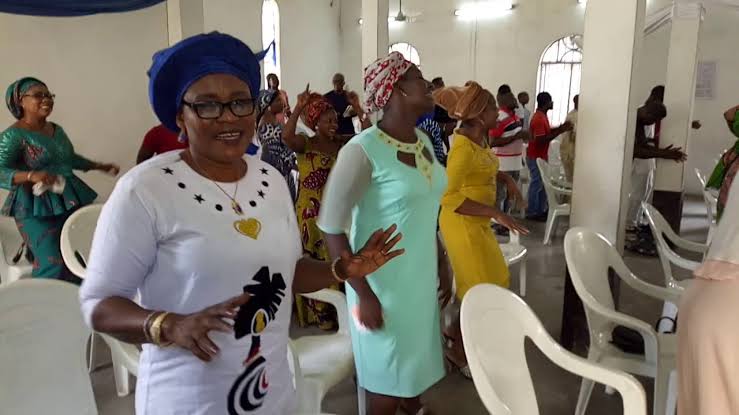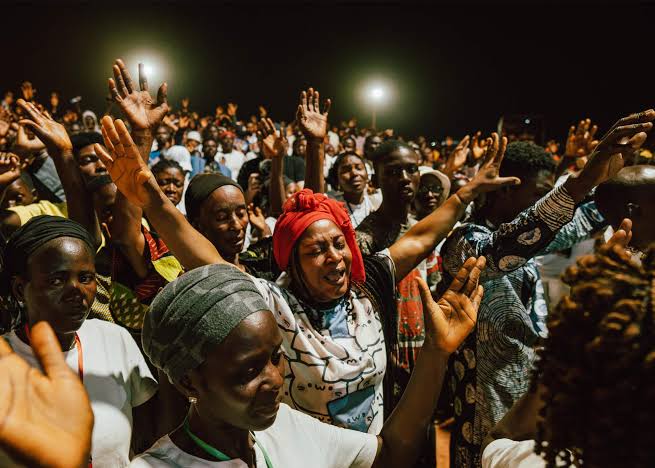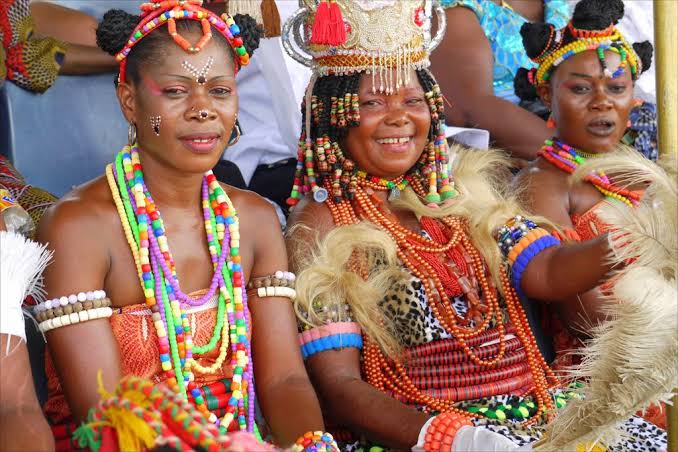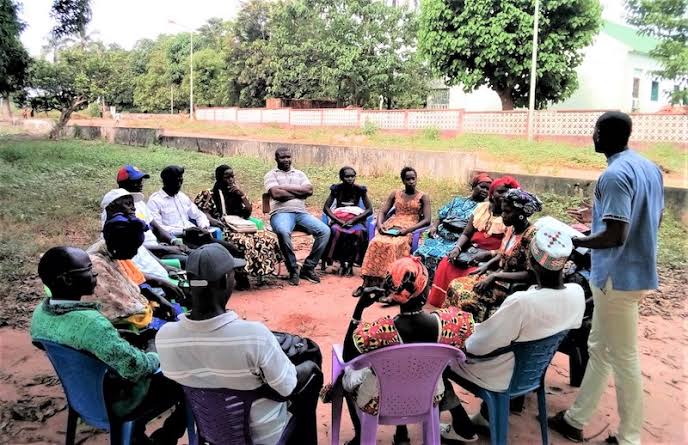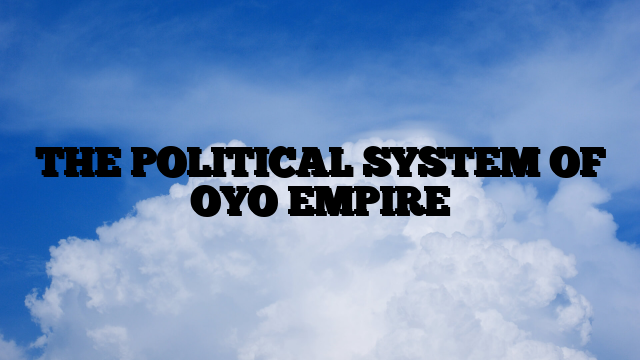
THE POLITICAL SYSTEM OF OYO EMPIRE
Oyo was a vast empire or territory divided into different provinces. It happened to be the most popular and outstanding of all the empires or kingdoms in Yoruba political system. Oyo was able to influence issues in other areas like; Dahomey (Republic of Benin ), Ekiti, Ijebu and Ife.
POLITICAL ORGANISATION ADMINISTRATION
- Political Head: The Alafin was seen as the political head of the empire . He was chosen by the Oyo mesi (seven hereditary kingmakers of the empire). It was claimed that he can only appear three times a year in public and that was only during some historic festivals. The administration of the empire involved the Alafin, assisted by the Aremo, the Basorun, Oyomesi and others. The Bashorun (prime minister ) and the Oyomesi played a very key role in the administration.
- The Aremo: He was the eldest son of the ruling Alafin but cannot succeed his father at his demise. He can only work or assist the father (Alafin) in the administration of the empire.
- The Oyomesi: These are the seven hereditary kingmakers in the empire. The leader was Bashorun. They are responsible for installing a new Alafin, if the ruling one happens to die. They also work hand-in-hand with the Alafin in the administration of the empire.
- Provincial governors: (Baale or Oba) Each province was administered by Ajele or Oba. They guarantee the payment of tribute and paying of homage to Oyo. There was the claim that this rulers had the power to threaten any hardened Alafin or chief by invoking the god of thunder and lightning through the cult of Sango, a deified Alafin. It was alleged too that, Sango was the god of thunder and lightning.
- The army: Are-ona-kakanfo was the head of the army. Oyo, had for long maintained a strong army and was involved in different wars. It was claimed that if the army suffer any defeat, the kakanfo should commit suicide. However, the empire might experience a disobedient kakanfo who would refuse to take directives from the Alafin. For example, Kakanfo Afonja rebelled in Ilorin, and decided to use the army to score some political points. He was both the army commander and ruler of Ilorin. He later formed an alliance with the Fulani and declared his independence ofthe Alafin.
- The Ogboni society: This society possessed judicial powers and was involved also in policy making. The maintenance and preservation of the cultural values of the people were also delegated to them. The Ogboni society was a secret society that influenced events in the society.
FUNCTIONS OF THE OYOMESI THE PRE-COLONIAL OYO EMPIRE
- Selection: They took part in the selection of a new Alaafin.
- Initiated laws: They are part of the body initiating and making of laws in Oyo Empire.
- Power control: They acted as checks on the powers of Oba e.g. removal of Alaafin from office.
- Policy implementations: They made sure that policies decided for the empire were fully implemented.
- Religious functions: The Oyomesi performed religious functions.
- Judicial functions: They equally performed judicial functions in the empire.
- Communal development: They assisted in the organization of youths for communal development.
- Good governance: They advised the Alaafin on good governance.
- Maintenance of law and order: They helped in the maintenance of law and order.
- Kingship installation: The Oyomesi in the pre- colonial Oyo Empire took part in the installation of a new Alaafin.
FEATURES OF THE YORUBA PRE-COLONIAL POLITICAL SYSTEM
- Centralization: The Yoruba pre-colonial political system had a centralized system of public administration and governance.
- Single head: Political authority was vested in one single head, the King (Oba).
- Political institution: There were several political or public institutions charged with the specific public duties e.g. the royalty (Afin), the kingmakers (Oyomesi) and the cult (Ogboni)
- Checks and balances: The system of administration and governance was based on the principle of checks and balances especially between the king (Oba) and Oyomesi/Ogboni.
- Political office holders: There were many political office holders charged with strategic responsibilities e.g. village head or chief (bale) Ona-efa ,Chief Justice, Commandant of the army (Are Ona Kankanfo), Head Warrior (Balogun), Otunoba, Osi-oba and Akoda
- Hereditary: Becoming a king (oba) or ascension to kingship in pre-colonial Yoruba political system was based on hereditary rights.
- Fusion of powers/functions: The king exercised legislative, executive and judicial powers although subject to the oversight of the Oyomesi and Ogboni society. 191
- Crowns and Staff: The crowns (ade) and the staff (opa oye) were symbols of kingship authority (both crown and staff were fully and strictly protected as none should neither be lost stolen nor destroyed).
- Tribute (Isakole): This was collected from the subjects to finance public administration.
- Occultic calabash: There was the system of occultic calabash (igba-iwa) which was used as an instrument of checking and controlling the possible excesses, despotic or dictatorial rule of the king (oba).
- Taboo: Taboo, historical antecedents, deities, tales, proverbs, precedents, etc ., were used to guide, shape and direct public policies, governance and in the conduct of public office holders.
- Impeachment: The Oyomesi and Ogboni exercised the power of impeachment of the oba and it was by death.
- The Oracle: Ifa, the oracle, played a very crucial and important role in deciding policies and their directions, choice of individuals to occupy public or political offices and in deciding complicated judicial cases.
- Suicide: Any oba found guilty of gross misconduct by Oyomesi in conjunction with Ogboni would be compelled to commit suicide.
- Tenure of office: The king (oba) stayed in office for life or till death.
- Immunity: The oba enjoyed tremendous political immunity. He was always right (Kabiyesi). Anything he desired would be granted and not denied him. His word was law. His death could not be pronounced ordinarily.
- Public announcements: This is carried out by town crier on the orders of the king, Oyomesi or Ogboni.
- Participation in the administration: Almost all members of the king’s immediate family, wife (olori), children (aremo arole), ilari, etc. took part in the administration of the empire/kingdom.
- Swearing of oaths: Oaths, vow (ibura, imunle) etc ., were administered on public office holders to ensure adherence to public policies, rules and regulations and to equally instill in the officers the idea of justice and fair play.
- Expansionist adventures: Wars, invasions, raids, plots, intrigues, expeditions, etc ., were frequent and all in an attempt to extend the territorial boundaries of Empire/ kingdom.
- Exile: If an Oba, Balogun, Kankanfo, was defeated in any war, he had the option of committing suicide or going to exile, never to return to the Empire.
FEATURES OF THE TRADITIONAL YORUBA POLITICAL SYSTEM
- Constitutional monarchy: The system was based on constitutional monarchy, it was not absolute.
- Council of senior chiefs: There was the existence of a council of senior chiefs involved in the administration.
- There was an informed system of taxation: For example, tributes were paid in form of labour, yam, kolanut and animals by subordinate towns to their paramount ruler.
- Checks and balances: There was a system of checks and balances within the political system.
- Paramount ruler: There was the Oba as the paramount ruler.
- Issues about the political system: The Oba and his senior chiefs met regularly to discuss issues that would promote peace, success and good governance.
- Secret societies: There was the existence of secret societies e.g. the Ogboni.
- A standing army: There existed also a standing army headed by Are-onakakanfo.
- Existence of Chief Priests: The office existed for the performance of rituals in other to ward off evil spirits in the land.
- There was a process of: law making, execution and adjudication.
- King makers: There was the existence of king makers e.g. Oyomesi, the hereditary king makers in the system.
- Tenure of office: Rulership was hereditary, no fixed tenure of office (for life).
Functions of Ogboni Society / Secret Societies
1. Judical powers: It possessed judicial powers to decide on any case in the empire.
2. Policy-making: It was also involved in the policy making process
3. Performance of rituals: This was done to ward off evil spirits, appease the gods of the land and forgive the sins of the people.
4. Intermediary: Secret societies acted as the intermediary between the people and their ancestors.
5. Cultural values: It was also involved in the maintenance and preservation of the cultural values of the people.
6. Relevant information: They pass relevant information in form of educating their members as well as members of the society.
7. Power of approval: It has the power in some cases to approve decisions of the paramount ruler and his advisers.
8. Power of check: They can check the absolute power of a paramount ruler.
9. Maintenance of law and order: Secret societies were involved in the maintenance of law and order in the society.
10. Sense of brotherly love/protection: This society had succeeded in infusing sense of brotherly love among its members. In addition, the society provides adequate or special protection to their members.
11. The three Eunuchs: They were also involved in the administration of the empire.
- The Osi Efa – He is in charge of political affairs and customarily, he had to die with the Alafin.
- The Ona Efa – for the judiciary.
- The Otun Efa – had to perform religious duties for Alafin.
12. The empty calabash: The council of elders were in the position to make sure that the customs and traditions were respected by both the Alafin and the people. History, had it that, the Oyomesi could authorise Bashorun (prime minister) to send to the Alafin, an empty calabash symbolising rejection by the people. The Alafin had no option than to commit suicide. (However, this can only take place if the Alafin was found to be acting unconstitutionally).
13. Kingship: The succession to the throne of Alafin was not from father to son but the Oyomesi was free to choose a new ruler from the royal families.
ELEMENTS OF CHECKS AND BALANCES IN PRE-COLONIAL YORUBA POLITICAL SYSTEM
- The oracle: Ifa, the oracle, played very significant role in deciding policies and their directions. In addition, he made choice of persons to occupy public offices and in deciding complicated judicial cases.
- Impeachment or dethronement: The Oyomesi in collaboration with Ogboni exercised the power of impeachment of the Oba. Impeachment was by death.
- Checks and balances: Administration or governance in the political system was based on the principle of checks and balances especially between the King (Oba) and Oyomesi/ Ogboni.
- Calabash: There was an occultic calabash (igba-iwa) which was used as an instrument of checking and controlling the dictatorial rule of the Oba.
- Taboo: Taboo, historical antecedents, deities, tales, proverbs, etc ., were used to guide, direct public policies, administration and even the conduct of public office holders.
- Suicide: Any Oba found guilty of gross misconduct by Oyemesi in conjunction with Ogboni could be compelled to commit suicide.
- Exile/Banishment: If an Oba, Kankanfo, Balogun or Eso was defeated in any war had the choice or option of going into exile or committing suicide and never to return to the Empire again if on exile.
- Boycott: Chiefs boycott or refusal to go to the Oba’s palace for meetings or consultations.
- Oath taking: Swearing/Oath or vows (ibura) were administered on public office holders to ensure compliance or adherence to public policies, rules and regulations. It will also bring about instilling in the officers the idea of justice and fair play.
- Hierarchical structure of political/public administration: There were several political institutions charged with the specific public responsibilities e.g. the Royalty (Afin), the Kingmakers (Oyomesi) and the Cult (Ogboni)
- Crisis: Revolt, rebellion, demonstrations, etc ., are some of the elements of checks and balances in pre-colonial Yoruba system.
DECENTRALISED ADMINISTRATION
Oyo had a decentralised administration. Most of the obas were not absolute monarchs but were constitutional monarchs, whose powers were limited by the views of the council of elders, the Ogboni cult and to some extent, the degree of loyalty attracted from the Baales.
FUNCTIONS OF TRADITIONAL RULERS IN THE PRE-COLONIAL WEST AFRICA
- Law and order: They were involved in the maintenance of law and order in their domain.
- Law making: They made laws, rules and regulations.
- Appointments: They appointed subordinate chiefs to help in the administration.
- Budget: The traditional rulers were involved in raising and spending of money.
- Symbol of unity: They served as political symbol of unity and power.
- Communal wealth: The traditional rulers were also involved in the allocation and sharing of communal wealth and resources, including war booties.
- Protection of his domain: This is done to safeguard the domain against external aggression. Their duty also includes the declaration of war and peace.
- Administration of justice: Some of these traditional rulers acted as the final court of appeal.
- Planning and development: Traditional rulers planned for the progress and development of various communities.
- Award of state honours: They awarded traditional titles to deserving citizens.
- A link: They served as a link between the people and their ancestors.
- Native laws and customs: The traditional rulers preserved the native laws and customs.
- Community development: They mobilized and organized their subjects towards community development.
- Religious functions: Traditional rulers in the pre-colonial West Africa performed religious functions.
- Collection of tributes and taxes: They equally collected tributes and taxes from their communities
- Allocation of resources: They allocated community resources e.g. land
- External links: They maintained external links with other communities. This in turn produced economic, cultural and social relationship.
METHODS USED BY THE PRECOLONIAL CHIEFS OF A COUNTRY TO CONTROL THEIR SUBJECTS
- Laws, rules and regulations: These were used to control their subjects
- Settlement of disputes: The traditional rulers performed some judicial functions by settling disputes
- Creation of law enforcement: Law enforcement institutions were created e.g. age grades and masquerades
- The use of Ancestral spirits: Ancestral spirits were used by the traditional rulers to control their subjects
- Minor chiefs’ appointment: Minor chiefs were appointed and used to control their subjects.
- The introduction of rewards: People who have contributed to the development of their areas were rewarded with titles or distribution of land and war booty
- The use of sanction and punishments: These measure were applied against law breakers, e.g. banishment
- Oath taking: This was equally used to control the subjects.

Don Steve is an education enthusiast and blogger passionate about making learning accessible, engaging, and impactful. With a focus on practical strategies, academic insights, and personal growth, he shares resources that empower students, educators, and lifelong learners to thrive in and beyond the classroom.
